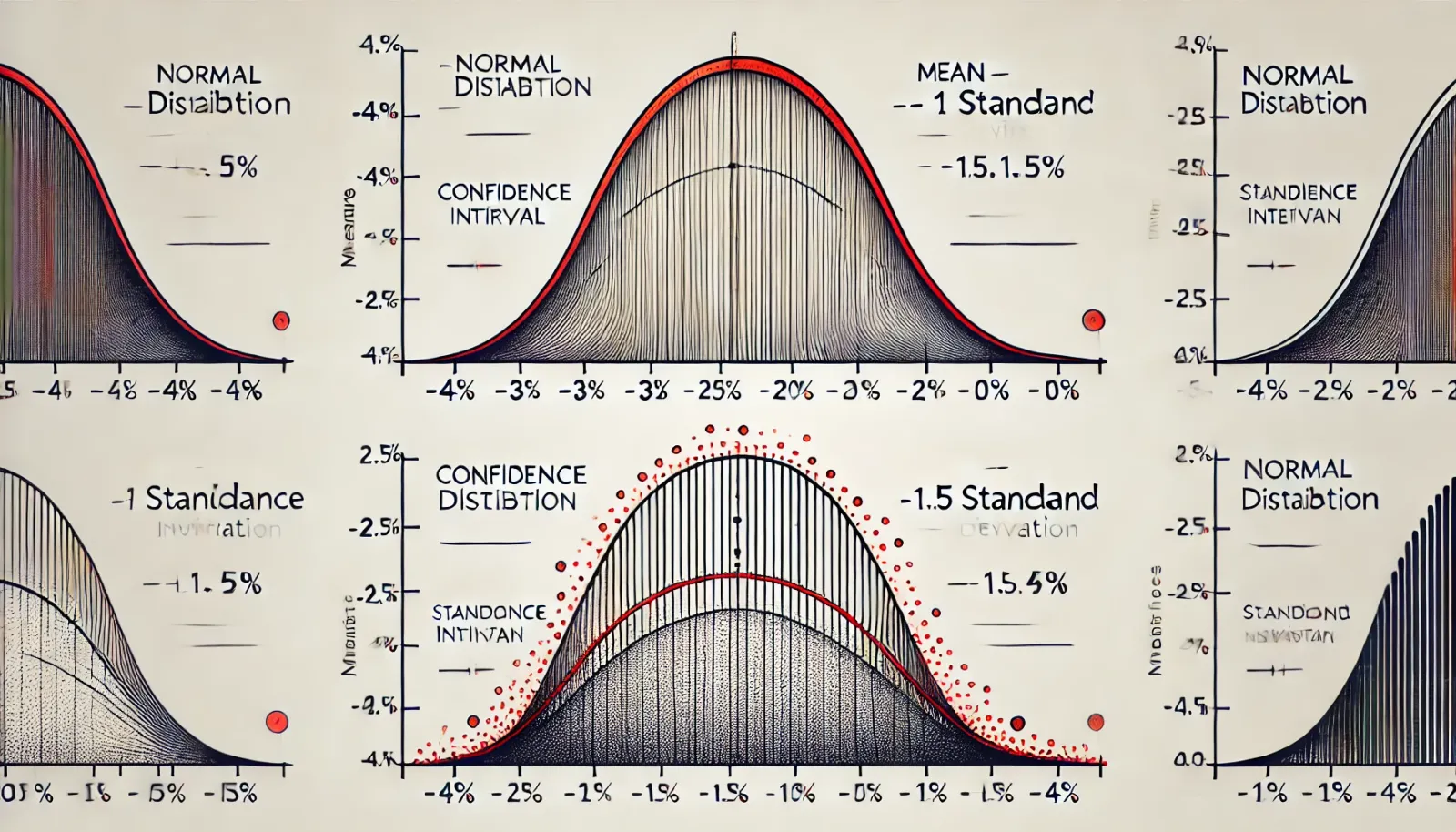Question: What is the difference between a Confidence Interval and a Confidence Level?

Confidence Interval (CI) refers to the range within which we expect a certain population parameter (like the mean or proportion) to lie, based on the data from a sample. It is a practical tool used to estimate the uncertainty around a sample statistic. The width of the confidence interval reflects the precision of the estimate—the narrower the interval, the more precise the estimate.

Confidence Level, on the other hand, indicates the degree of certainty associated with the confidence interval. It is expressed as a percentage (commonly 95%, 99%, etc.) and describes how confident we are that the true population parameter lies within the given confidence interval. For example, a 95% confidence level means that if you were to take 100 different samples and compute a 95% confidence interval for each sample, approximately 95 of those intervals would be expected to contain the true population parameter.